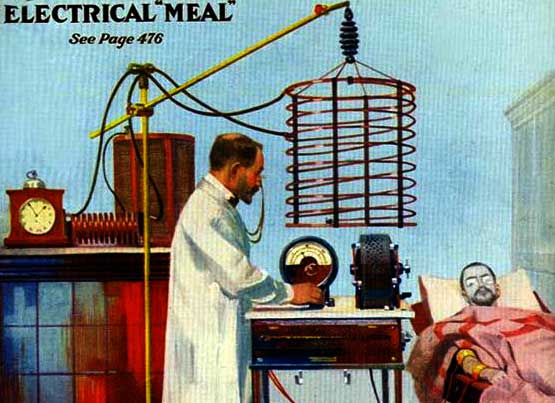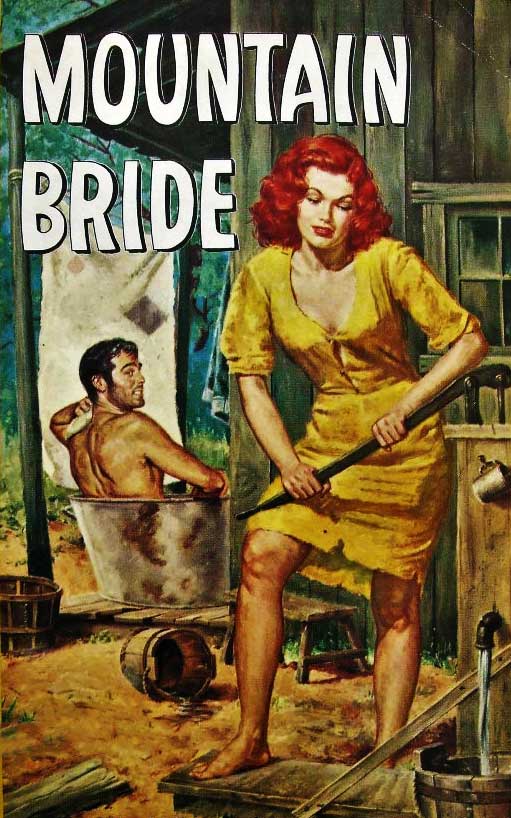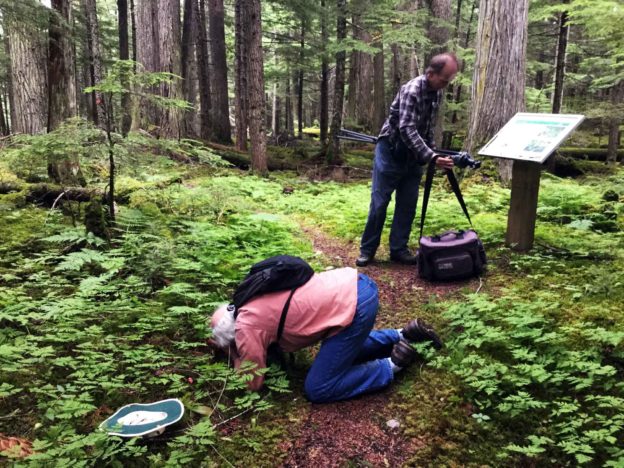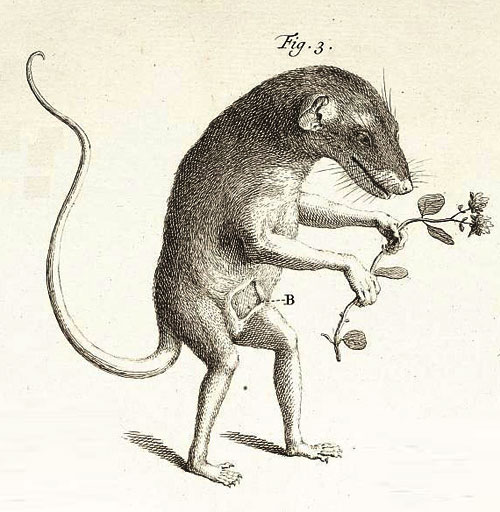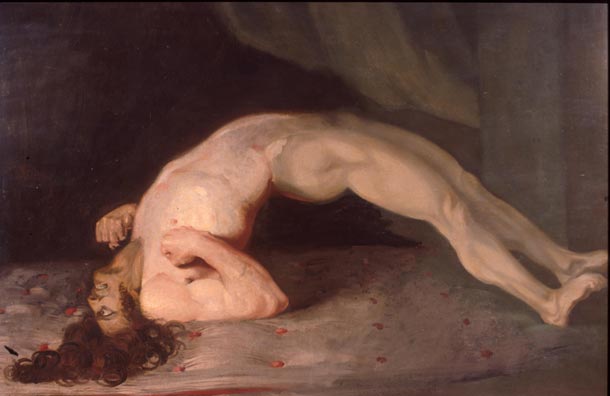
Tetanus, also known as lockjaw, is an infection characterized by muscle spasms. In the most common type, the spasms begin in the jaw and then progress to the rest of the body. These spasms usually last a few minutes each time and occur frequently for three to four weeks. Spasms may be so severe that bone fractures may occur. Other symptoms may include fever, sweating, headache, trouble swallowing, high blood pressure, and a fast heart rate. Onset of symptoms is typically three to twenty-one days following infection. It may take months to recover. About 10% of those infected die.
Tetanus often begins with mild spasms in the jaw muscles—also known as lockjaw or trismus. The spasms can also affect the facial muscles resulting in an appearance called risus sardonicus. Chest, neck, back, abdominal muscles, and buttocks may be affected. Back muscle spasms often cause arching, called opisthotonos. Sometimes the spasms affect muscles that help with breathing, which can lead to breathing problems.
Prolonged muscular action causes sudden, powerful, and painful contractions of muscle groups, which is called “tetany”. These episodes can cause fractures and muscle tears. Other symptoms include drooling, excessive sweating, fever, hand or foot spasms, irritability, difficulty swallowing, suffocation, heart attack, breathing problems, irregular heartbeat, and uncontrolled urination or defecation.
Severe cases will require admission to intensive care. Human tetanus immunoglobulin injected intrathecally. Tracheotomy and mechanical ventilation for 3 to 4 weeks. Tracheotomy is recommended for securing the airway because the presence of an endotracheal tube is a stimulus for spasm. Magnesium as an intravenous infusion to prevent muscle spasm, Diazepam as a continuous IV infusion, The autonomic effects of tetanus can be difficult to manage (alternating hyper- and hypotension hyperpyrexia/hypothermia) and may require IV labetalol, magnesium, clonidine, or nifedipine. Drugs such as diazepam or other muscle relaxants can be given to control the muscle spasms. In extreme cases it may be necessary to paralyze the patient with curare-like drugs and use a mechanical ventilator.

